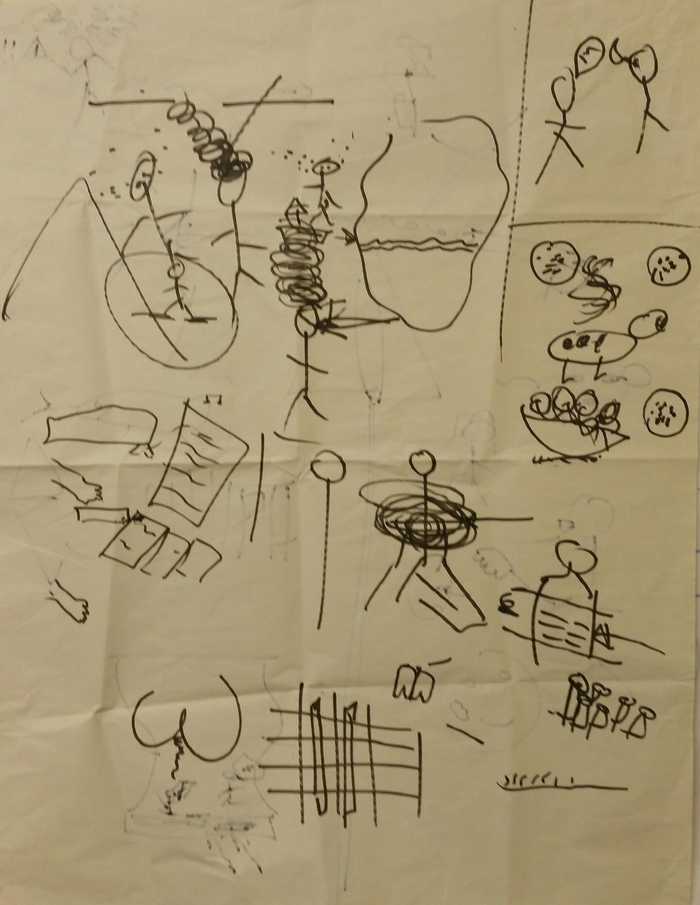Why we are all visual learners at heart
Why we are all visual learners at heart
At Adroit & Associates ‘We provide resources that rapidly visualise and solve business problems... helping you get the right results faster.’ By providing highly visual work maps that allow users to quickly identify pain points and bottle necks within your company to improve upon efficiency gains, or simply to visualise how work works within your company.
When it comes to processing and learning information we usually identify ourselves as being tactile, auditory or visual learners.
As a tactile learner you would prefer to learn through touching and doing, and remember more when attributing the said subject to a physical activity.
As an auditory learner you may benefit more from hearing the information, either having a speaker deliver you the relevant information, or speaking it aloud to reinforce the written word.
The uniqueness of visual learning is that it encompasses both auditory and tactile learning whilst also being the easiest for the brain to process. An average human brain can process 250 words per minute, non-verbal thoughts, concepts and images however, can be processed thousands of times faster.
The human brain can identify meaning and connections between images much faster when analysing pictures than when analysing the written word.
Take fig 1 as an example, it represents a game of Pictionary played at Christmas between a small number of people. Even though these are fairly crude images of what they are meant to be representing, 80% of the images were guessed right by the small audience. Despite some people being tactile or auditory learners, the nature of the brain allows them to quickly identify the meaning without requiring words or even auditory clues. Can you identify what some may be?

Posted by Sam on January 11th 2016
